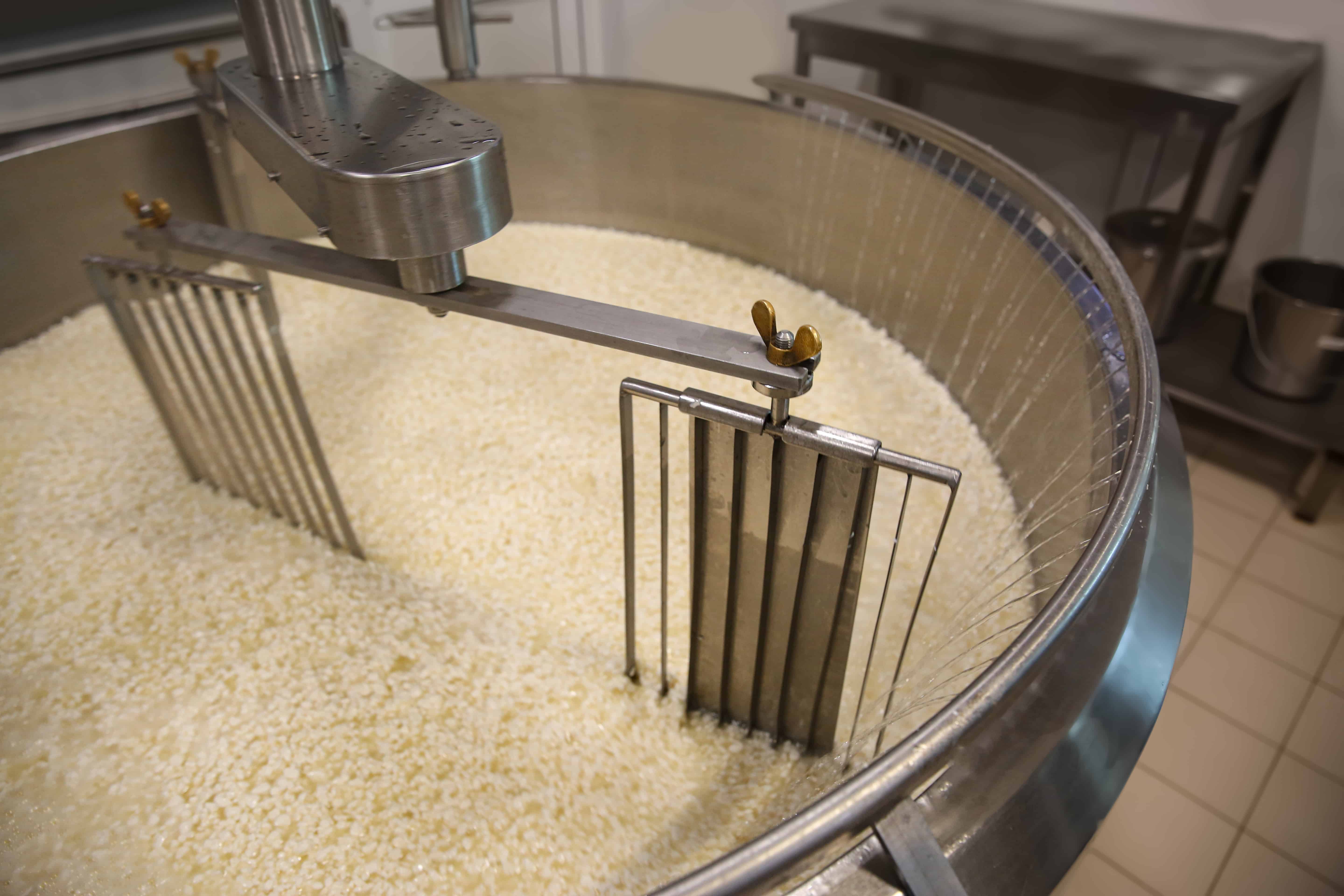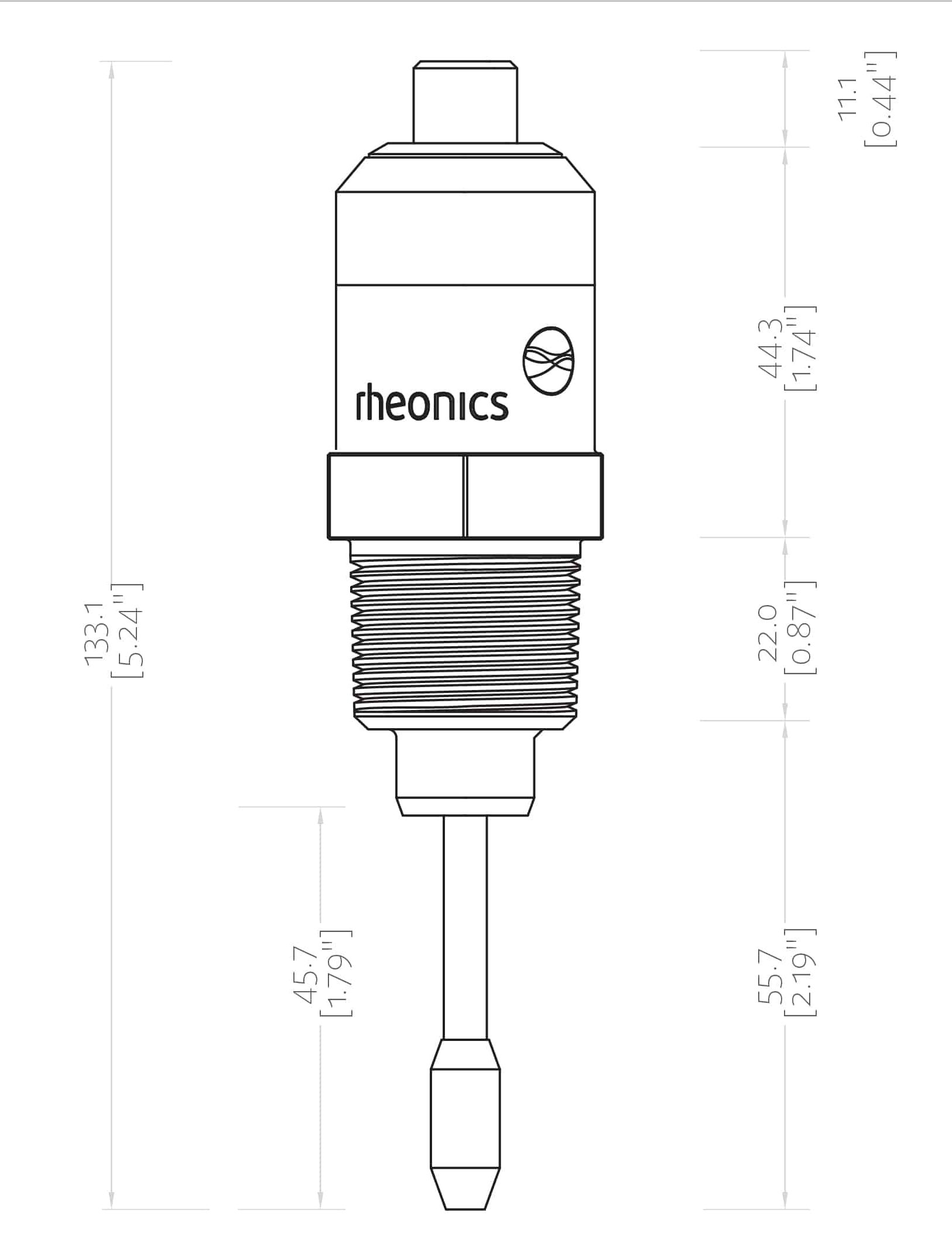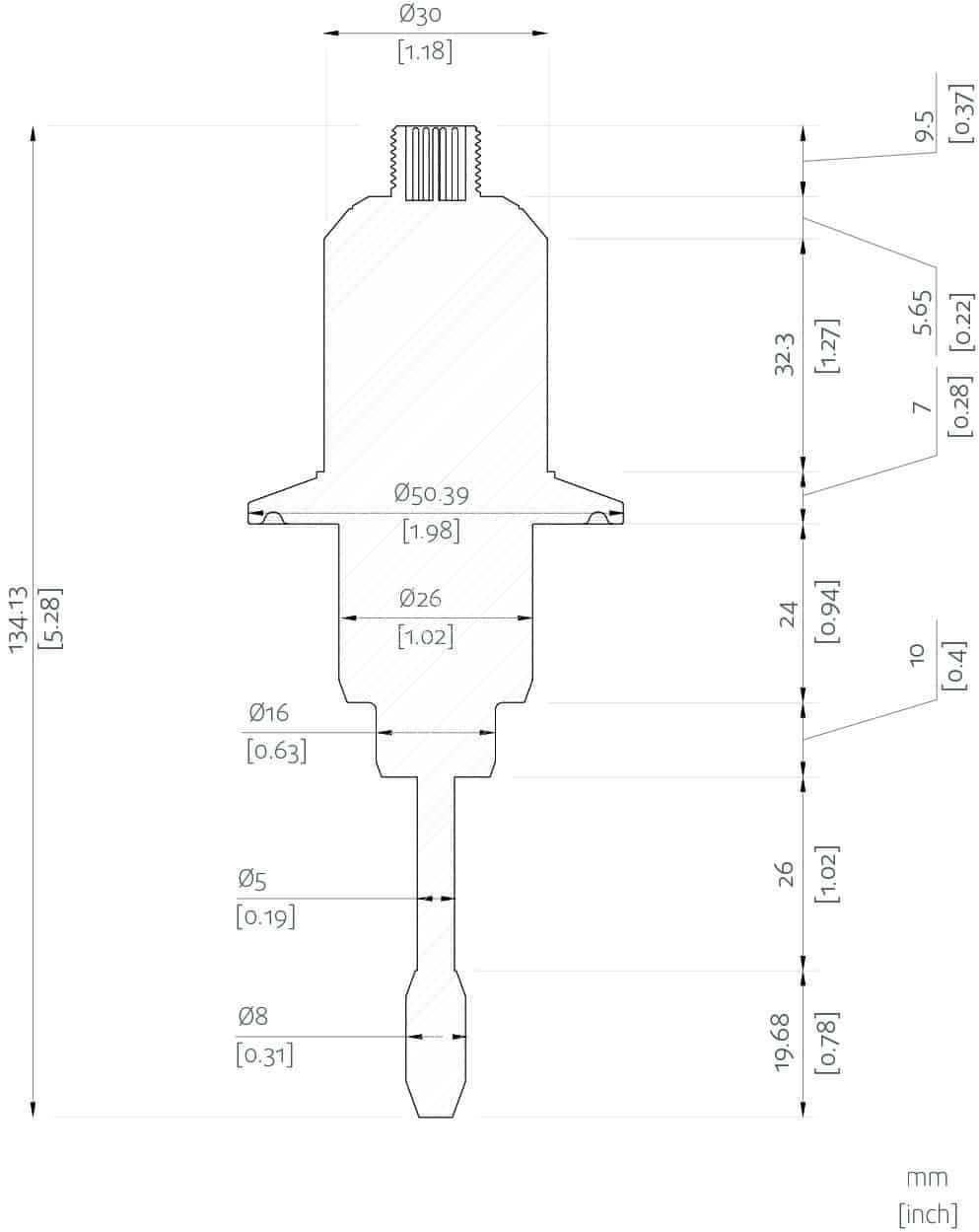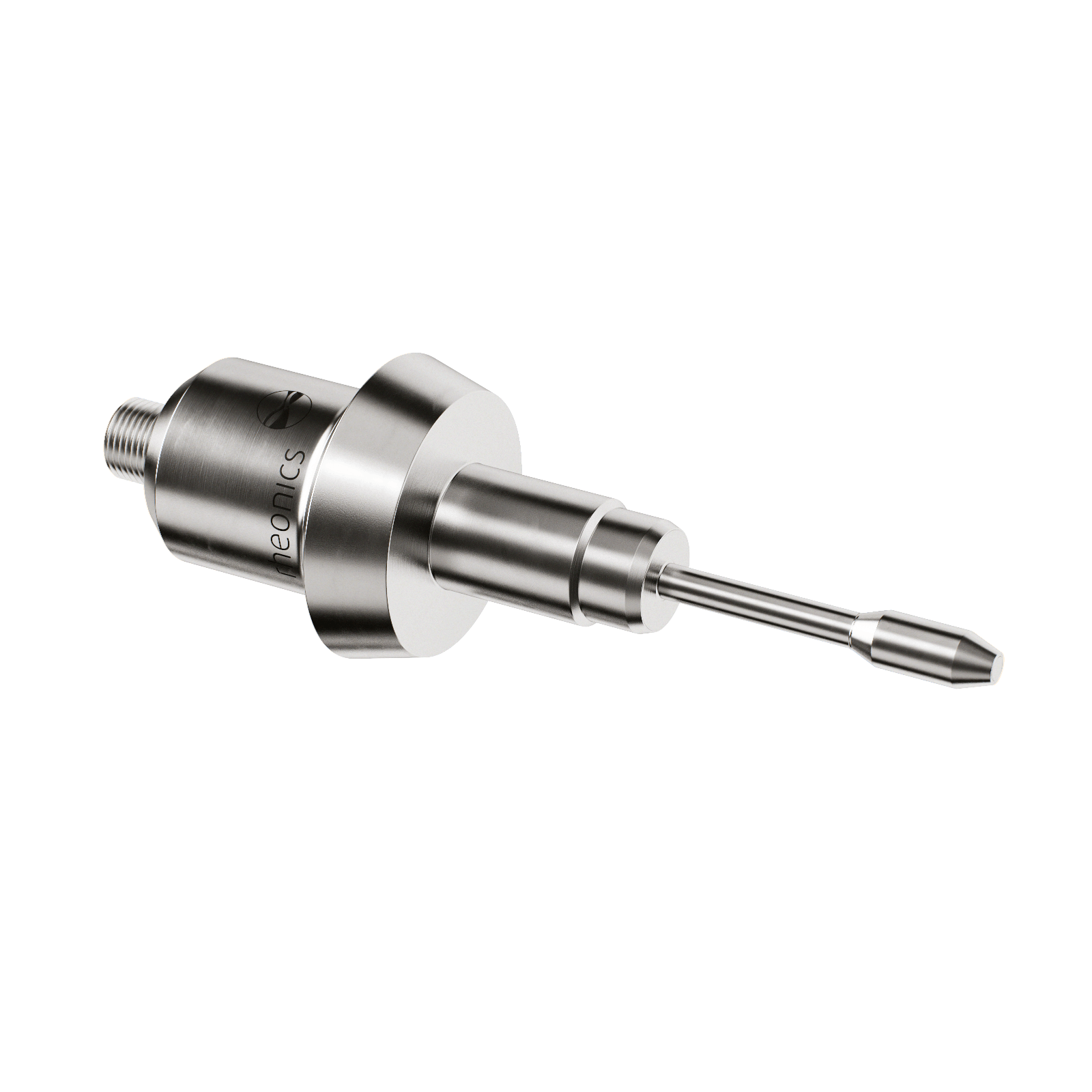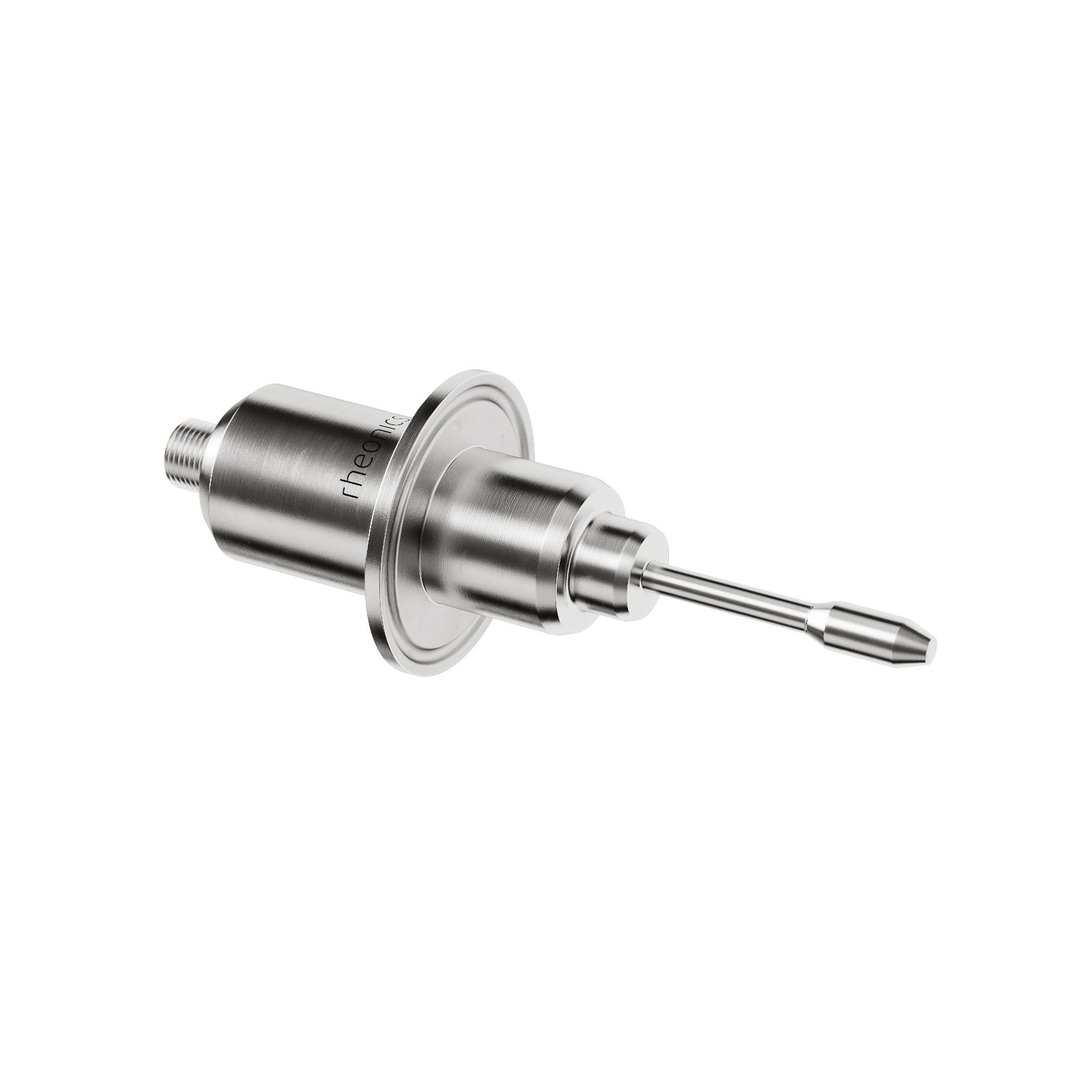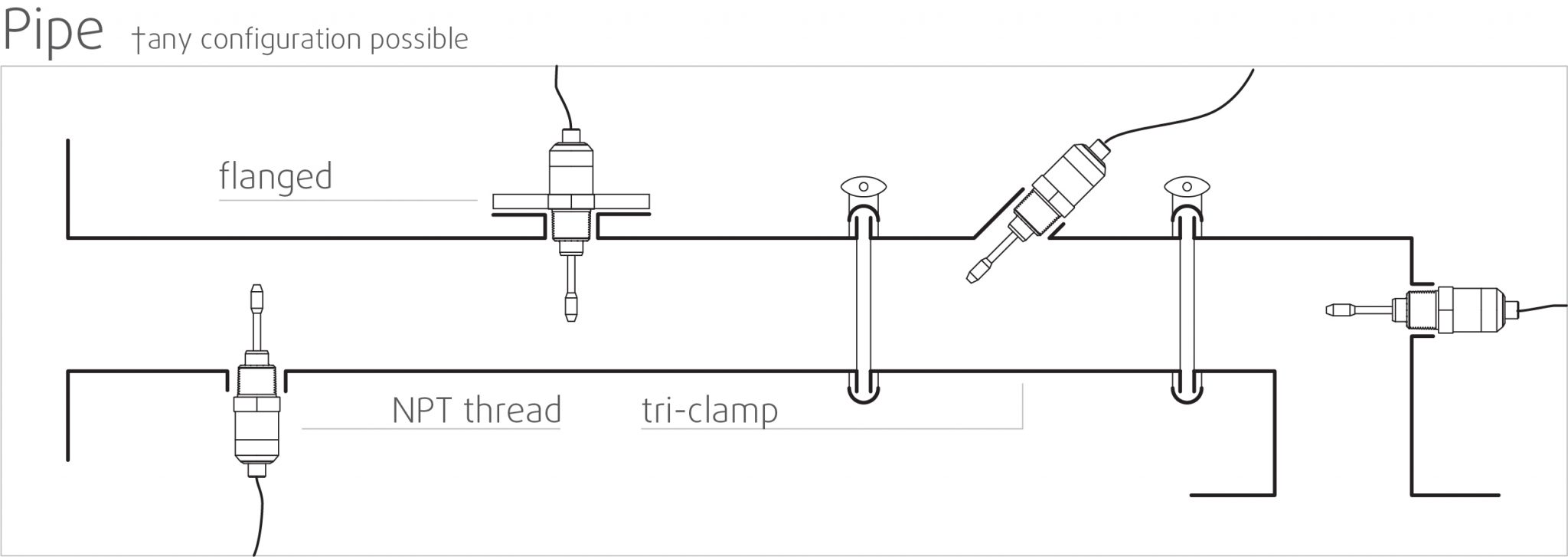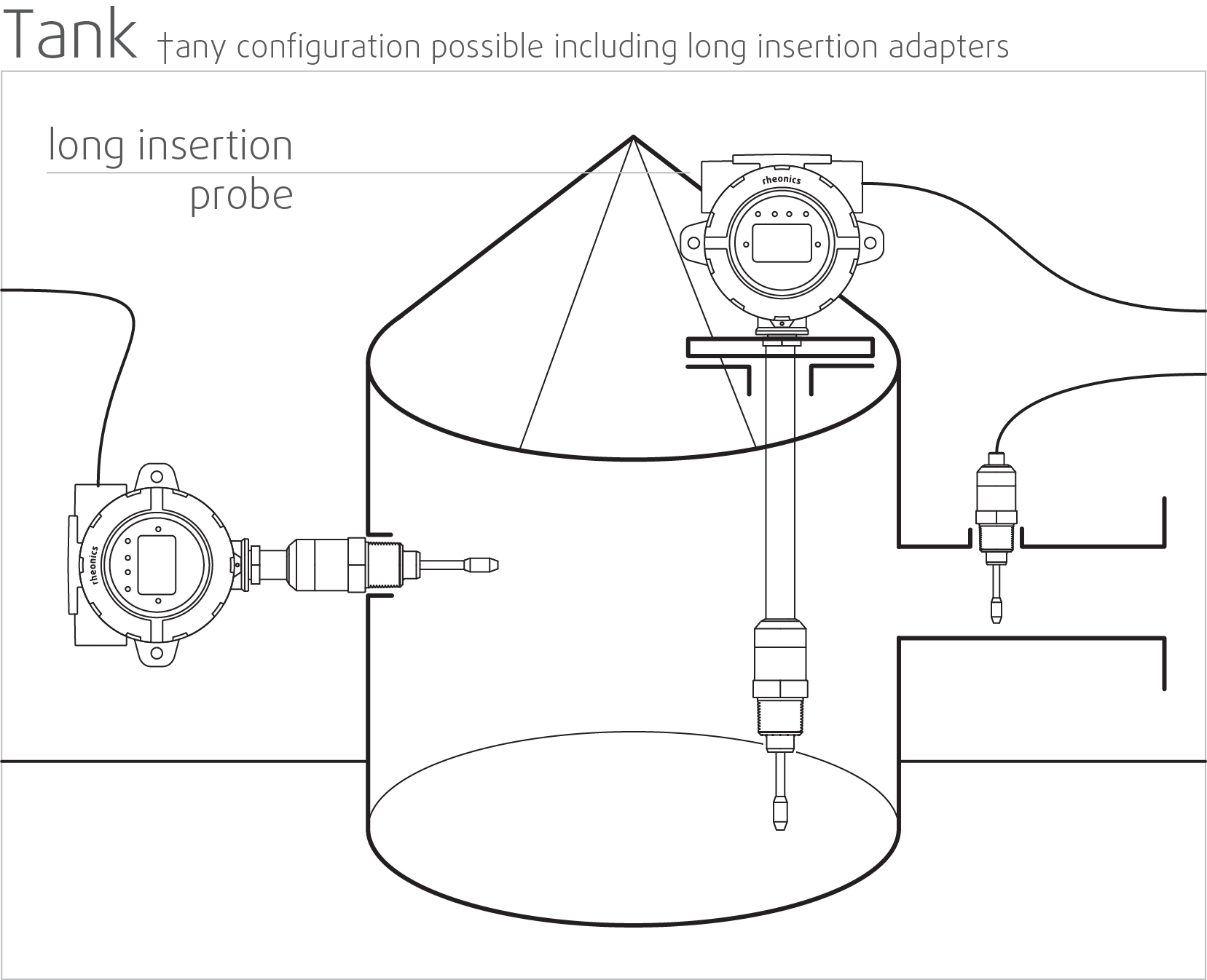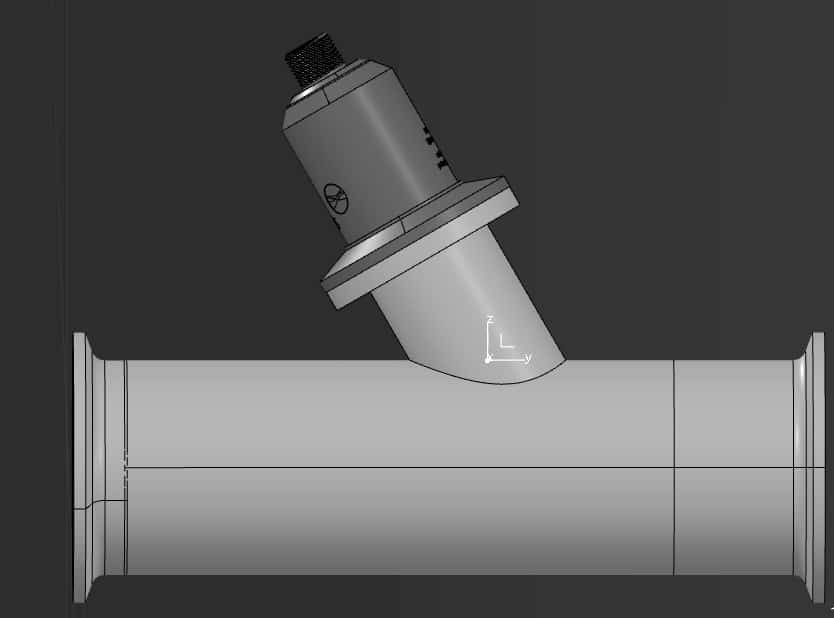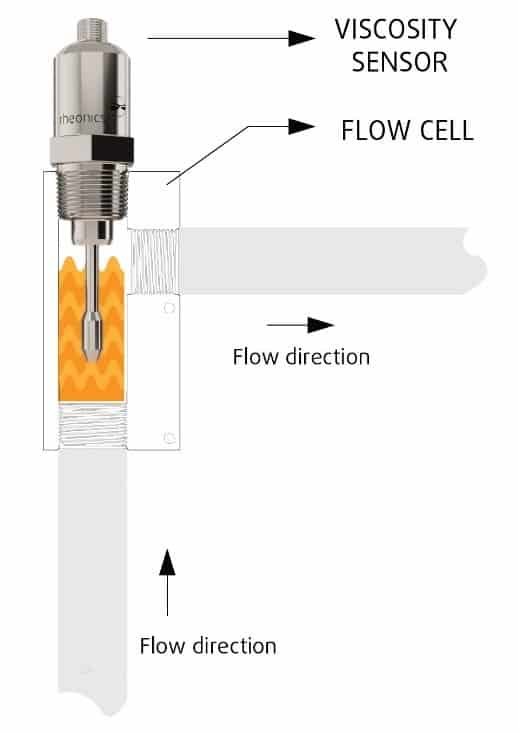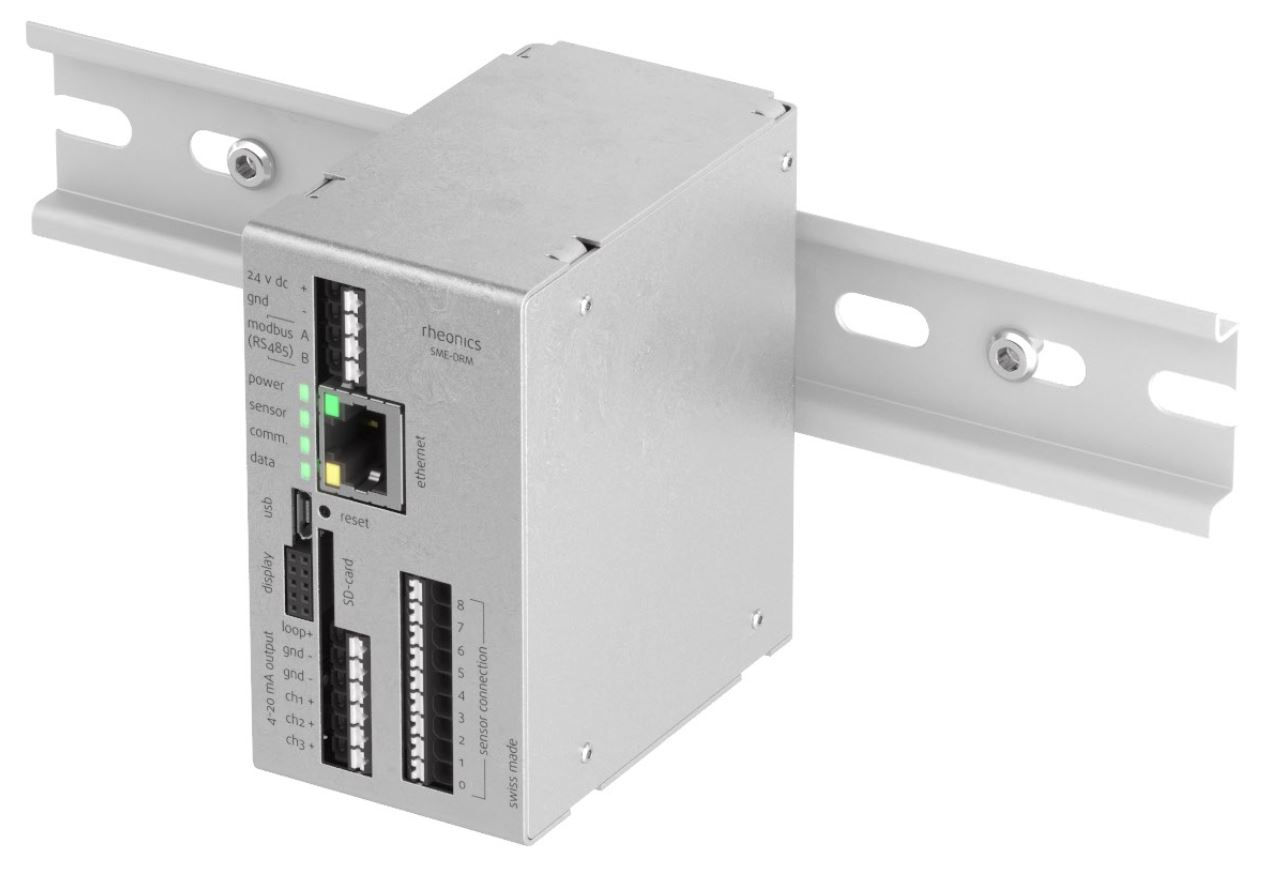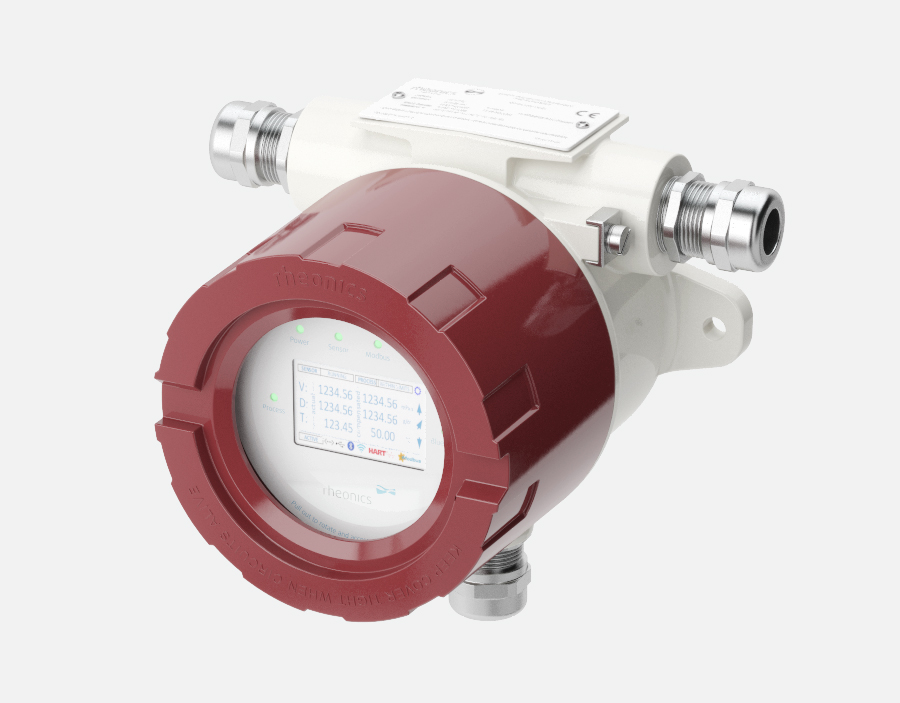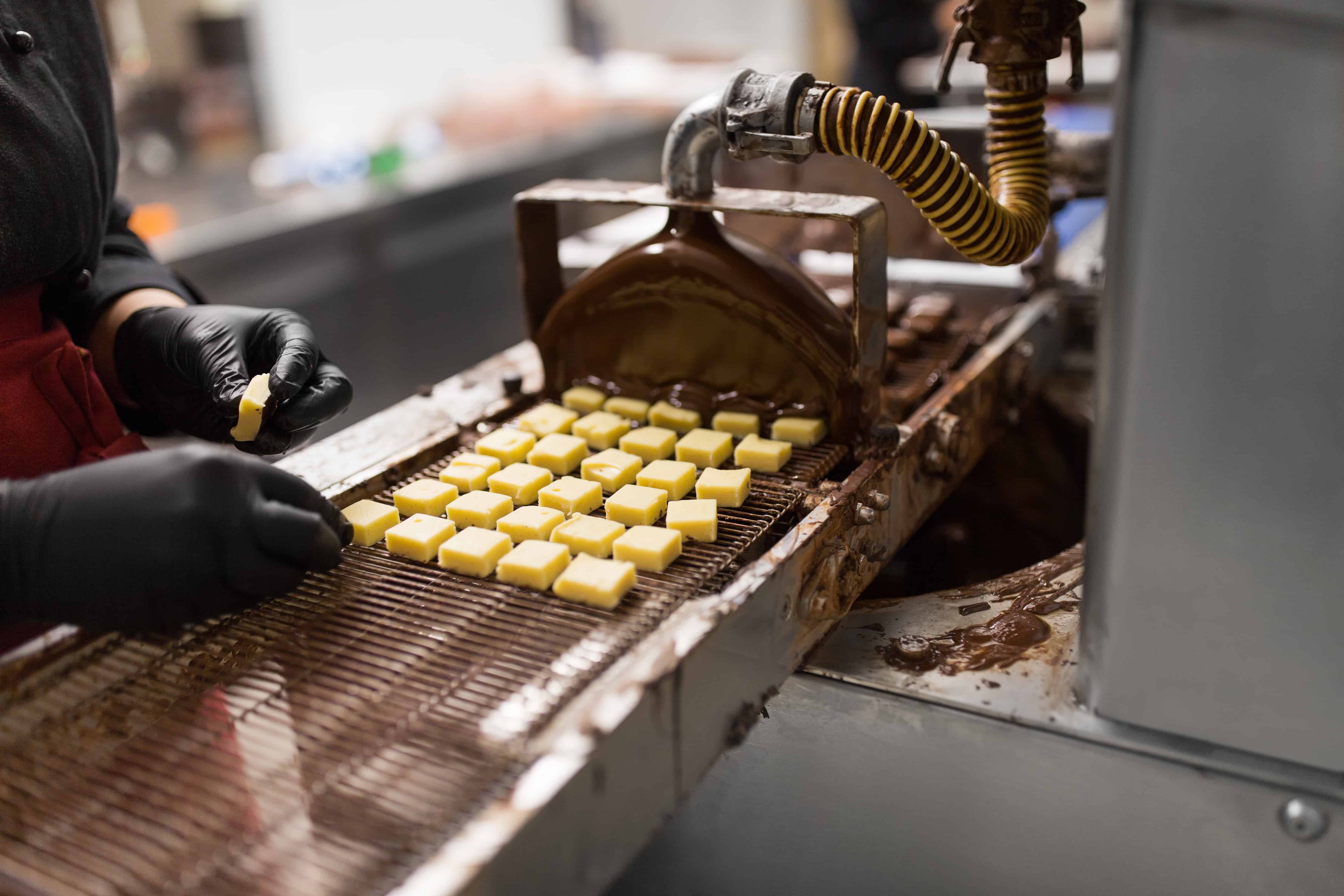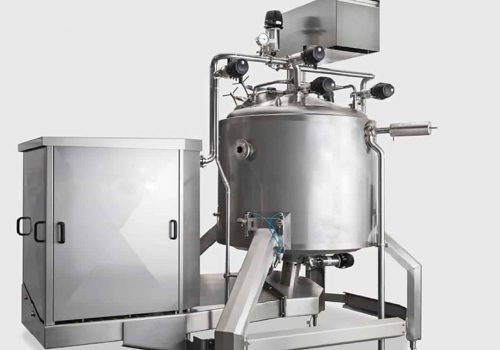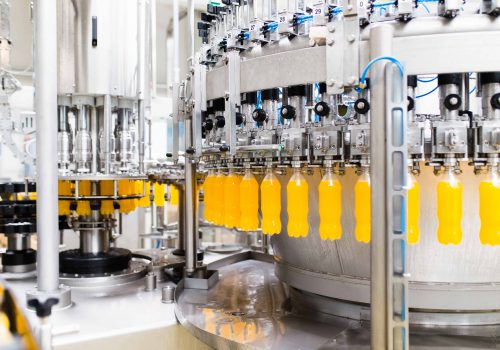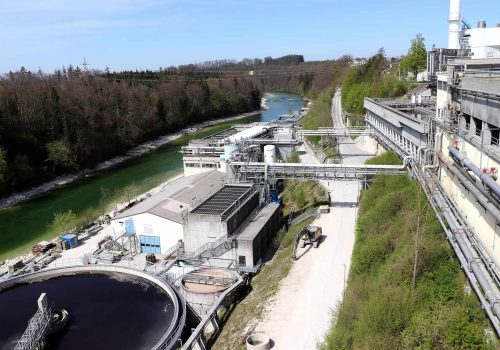- Texture and product consistency are of utmost importance to customer – in manufacturing, viscosity is the correlated parameter to ensure consistency of texture and product-feel
- From raw materials to end-product, rheological characteristics at every step of the processing is important to ensure the success of the final dairy product
- Automation of food manufacturing processes becomes critical to commercial success
Introduction
In the dairy products industry, customers value highly taste and texture. Texture is the “feeling” in the mouth when the product is eaten, is usually assessed by measuring the product’s viscosity, and can ‘make or break’ a product’s reception. Adding to texture’s importance is the intricate manner in which it interacts with its higher profile teammates: taste, aroma and flavor. With increased competition in the food industry there is a growing emphasis on production efficiency and product quality, the use of process control to achieve these aims is becoming universal, resulting in benefits such as improved product quality, reduced waste, reduced material and energy costs, optimization of processing time and greater process flexibility.
Food rheology is directly related to the acceptance of the final product by consumers. In dairy products, the rheological proprieties are mainly influenced by three factors:
- raw material quality;
- type and characteristics of ingredients used; and
- the processing methodology and the technology used.

Different dairy products and importance of rheological characterization
In milk and cream, the rheological behavior is like emulsions and suspensions. Both can exhibit Newtonian or non-Newtonian behavior depending on the composition, conditions or processes to which it may be subjected. The central factors which influence the viscosity and consequently the ‘texture’ of the dairy products are – composition of milk, fat content and milk protein, mainly casein.
Some examples of dairy products and key points about their composition, processes and rheological behaviors:
| Product | Composition & Processes | Notes on importance of Rheological behaviours |
|---|---|---|
| Yogurt | Fermented milk, as yogurt ’s rheological behavior depends on the concentration, composition, and pre-treatment of the milk (especially heat treatment), starter culture and incubation conditions. | Measurement of rheological properties allows the characterizing and predicting the effects of variables involved in the manufacturing process on the sensory aspect of the final product, especially its texture. It needs to have a viscosity that suggests the richness of the product and gives it the desired smoothness. |
| Butter | Butter is a dairy derivative which may be defined as an emulsion of water droplets in a semisolid matrix of milk fat. | The milk fat matrix is mainly responsible for the texture of butter, consisting of a three-dimensional network of fat crystals enmeshed in a liquid oil medium. When at low shear, butter behaves as a viscoelastic material. |
| Milk | Milk is an emulsion of milk fat in an aqueous solution containing many different proteins, lactose and salts. When this milk is homogenized in the factory, these globules are broken, and the fat is dispersed into smaller droplets, also stabilized by proteins. | These show variable viscosity and rheological behaviour that depends on the mix formulation and processing conditions. |
| Cream | Cream is a concentrated emulsion of milk fat in an aqueous phase; the concentration depends on the type of cream. | These show variable viscosity and rheological behaviour that depends on the mix formulation and processing conditions. |
| Ice-cream | Ice cream is a very complex product; amongst others it contains droplets of milk fat, but it also contains crystals of sugar, ice crystals and bubbles of air. | These show variable viscosity and rheological behaviour that depends on the mix formulation and processing conditions. |
| Cheese | In cheese , the milk casein content has a significant influence on the rheological properties of the rennet gel, its setting speed and its maximum firmness. | In cheese production process, coagulation interferes with the production, because cheeses obtained from milk with low coagulation capacity are more susceptible to losses in storage and can be submitted to incomplete and non-homogeneous serum drainage, generating defects in the maturation stage. |
| Milk Powder | Milk powder is produced by the process of 'spray-drying', where concentrated milk is forced at high pressure through very fine nozzles into a chamber of warm air. This process is widely used in making products as diverse as baby foods, coffee, soup mixes and dyestuffs . | The efficiency of drying is largely determined by the degree of atomisation, which is directly proportional to the viscosity of the feed solution. Thus, the viscosity of the milk at the atomisation step has a crucial effect on the characteristics of the resulting milk powder. Installed at the pre-atomiser point, the viscometer offered significantly better control of the atomisation process, leading to reductions in wastage, lower energy consumption and better control of product texture, bulk density and moisture content. |
Viscosity for QC and in-line process measurements in dairy processing industry
In dairy based food industry, there is a need to manufacture products of consistently high quality to stringent specifications from raw materials which may vary in their composition or physical properties. The consumer expects a product to have an appropriate and consistent texture – a property affected by the viscosity.
Typical manufacturing processes involved in dairy processing like thermal cycles and mechanical operations (stirring, filtration, kneading, compression, etc) can significantly change the rheological property, and in turn the final product characteristics. To control a manufacturing process, a quality or parameter which characterizes the current state of the process must first be identified and then measured. Most dairy production processes involve liquids and semi-solid materials. Viscosity is a key physical property of liquids, which gives deeper insights to what is exactly happening at the molecular level that often characterizes the state of a process quite well, whether alone or in combination with other physical and chemical properties.
The stages in the manufacturing process of typical dairy products where a viscometer can provide significant process and quality control benefits are:
1. Formulation, R&D & testing of dairy products and raw materials
Viscosity measurements are used by the process engineers in designing formulations, and for development of products to exhibit target properties. In addition, for pharmaceuticals and food manufacturing, traceability of the process is important for regulatory bodies and inline measurements achieve complete track and trace of the products across the production cycle.
Additionally, viscosity measurements are useful for incoming quality control procedures for screening and testing raw materials prior to release to the subsequent food processing stage.
2. Production Monitoring
Inline viscosity measurements of a fluid that is being processed can give insights of how the process is developing in real-time. Food processing systems equipped with inline viscosity monitoring can detect and compensate for these changes and enable appropriate corrective actions to maintain consistency.
3. Quality Control
The information to verify the efficacy of a processing steps with a reliable quality control (QC) process is extremely essential to ensure consistent batches – a key manufacturing method in dairy industry.
Therefore, it becomes important to monitor the process fluid’s properties in real-time and make adaptive adjustments of:
- Concentration of ingredients/materials
- Stirring intensity
- Mixing temperature
- Mixing time
- Dwelling time
Given that the viscosity of the dairy product during processing is not a static parameter but is varying due to the process requirement as well as from the processing itself, it is crucial to monitor (and control) viscosity during the complete processing cycle.
In summary: in-line viscosity measurement and control can provide an effective and beneficial means of process control in the dairy industry through the following main ways:
- Detecting end-point of mixing/blending process: During the mixing process, characterizing the viscosity is useful in determining the stability, and end-point. During homogenization, many dairy products (which are emulsions) will undergo a substantial viscosity increase as the droplet size is reduced. The amount of this increase will, therefore, be a good indicator of emulsion quality. Monitoring viscosity online enables manual or automatic adjustments to stirring intensity, rotational speed, and other processing variable depending.
- Better ingredients management and handling: Concentration has a strong correlation with viscosity; hence the viscosity information can be effectively used to predict or cross-check
- Viscosity affects the mouth-feel of the product: Dairy product formulations are complex systems with a wide range of applications and commercial uses. Accurate characterization of the products with viscosity data is critical to ensure rheological stability and organoleptic performance when it is being consumed.
For these reasons, viscosity measurement obtained with an inline viscometer can provide an excellent QC benchmark and ensure QA/QC of the process and end-product.
Dairy plant viscosity measurement and process challenges
Engineers and plant operators in dairy products processing realize the need to make viscosity measurements and intervene through appropriate corrective actions to drive high-quality and consistent product rheology. However, making these measurements have challenged them over the years.
Offline grab-samples are simply unreliable and not suited for dairy industry
Monitoring the viscosity of a fluid in a process often means taking a sample of the fluid from a tank or pipeline, and bringing the sample to a laboratory where its rheological properties are measured on a laboratory viscometer or rheometer. Based on the findings, the process operator must be informed whether the fluid is at the desired viscosity, or if further action is required then new measurements must be made after intervention. This system is called off-line or manual control, with several obvious disadvantages – it is time-consuming and often inaccurate even with experienced operators. Most often the results are too late to save a batch.
The alternative is to use an in-line viscometer that will continuously monitor the viscosity of the process fluid throughout the process. This instrument gives an output signal which, if displayed, provides the operator with the necessary information to control the process. Alternatively, viscometer outputs are connected to a PLC (Programmable Logic controller) / DCS (Digital Control System) for automatic process control.
Issues with conventional viscometers for inline installation
Traditional viscometers encounter problems related to the fluid flow in pipeline and tank-mixing installations. In general, viscometers do not function properly in turbulent flow. Rotational instruments will only operate up to a certain maximum flow rate. The flow has to be controlled for pressure drop viscometers. Flow related problems can be avoided by installing the viscometer on-line and conditioning the sample flow to suit the instrument. Instrument response time can be related to the flow conditions, as an adequate sample renewal rate is required for effective control. In the case of tank installation, it is desirable to place the instrument in a position where the adjacent fluid represents the overall state of the process fluid, and to avoid ‘dead areas’. Instruments used in a process environment have to be robust and able to resist any corrosive materials that they may encounter, especially during cleaning.
Rheonics’ Solutions for quality control and assurance of dairy production processes
Where a food process is continuous, on-line sensing (which determines the state of a process in real time) is an ideal method to address the problem. For useful applications, sensors must fulfil several requirements, e.g. ability to interface with plant monitoring/control systems, robust measurements regardless of flow or ambient conditions, cleanability and stability with time and temperature.
Automated in-line viscosity measurement and control is reliable to monitor and ensure the rheological properties are intact with the specifications and ensure critical characteristics are in full compliance with requirements across multiple batches, without having to rely on offline measurement methods and sample taking techniques.
Rheonics process control sensors for the food industry, in parallel with developments in process control technology, has the potential to increase the levels of process automation and equip the factory engineers achieve maximum benefits of digitalization, process data realization and long-term action plans, data-based maintenance and reliability planning and high repeatability in terms of the dairy products quality and consistency. Rheonics offers the following solutions for process control and optimization in the dairy products formulation, processing, scale-up and testing.
Viscosity & Density Meters
- In-line Viscosity measurements: Rheonics’ SRV is a is a wide range, in-line viscosity measurement device capable of detecting viscosity changes within any process stream in real time.
- In-line Viscosity and Density measurements: Rheonics’ SRD is an in-line simultaneous density and viscosity measurement instrument. If density measurement is important for your operations, SRD is the best sensor to cater to your needs, with operational capabilities similar to the SRV along with accurate density measurements.
These instrument gives an output signal and reading on a software panel which, if displayed, provides the operator with the necessary information to control the process. Alternatively, it may be possible to send the output to an automatic process controller. Integrated control systems enable the viscosity/density information in the process line to be used effectively.
Integrated, turnkey diary products processing quality management
Rheonics offers an integrated turn-key solution for dairy products production quality management made of:
- In-line Viscosity measurements: Rheonics’ SRV – a wide range, in-line viscosity measurement device with in-built fluid temperature measurement
- Rheonics Process Monitor: an advanced predictive tracking controller to monitor and control in real-time variations of process conditions
- Rheonics RheoPulse with automatic dosing: A Level 4 autonomous system that ensures no compromise with set limits of viscosity and automatically activates by-pass valves or pumps to adaptively dose mixture components
The SRV sensor is located in-line so it continuously measures the viscosity (and density in case of SRD). Alerts can be configured to notify operator of necessary action or the entire management process can be fully automated with RPTC (Rheonics Predictive Tracking Controller). Using an SRV in a dairy product preparation process line, results in improved productivity, profit margins and achieves regulatory conformance. Rheonics sensors have a compact form factor for simple OEM and retrofit installation. They require zero maintenance or re-configurations. The sensors offer accurate, repeatable results no matter how or where they are mounted, without any need for special chambers, rubber seals or mechanical protection. Using no consumables and not requiring re-calibration, SRV and SRD are extremely easy to operate resulting in extremely low lifetime running costs.
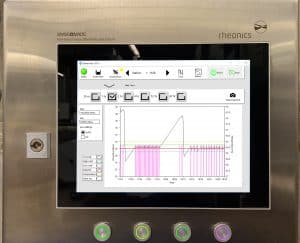
Once the process environment is established, there is usually little effort required to maintain the integrity consistency of the systems – operators can rely on the tight control with Rheonics dairy products production quality management solution. Achieving higher quality, increased yields, reduced losses and less downgrading of product.
Rheonics' Advantage
Compact form factor, no moving parts and require no maintenance
Rheonics’ SRV and SRD have a very small form factor for simple OEM and retrofit installation. They enable easy integration in any process stream. They are easy to clean and require no maintenance or re-configurations. They have a small footprint enabling Inline installation in any process line, avoiding any additional space or adapter requirement.
Hygienic, sanitary design
Rheonics SRV and SRD are available in tri-clamp and DIN 11851 connections besides custom process connections.
Both SRV & SRD conform to Food Contact Compliance requirements according to US FDA and EU regulations.
High stability and insensitive to mounting conditions: Any configuration possible
Rheonics SRV and SRD use unique patented co-axial resonator, in which two ends of the sensors twist in opposite directions, cancelling out reaction torques on their mounting and hence making them completely insensitive to mounting conditions and flow rates. Sensor element sits directly in the fluid, with no special housing or protective cage requirements.
Instant accurate readouts on production quality – Complete system overview and predictive control
Rheonics’ RheoPulse software is powerful, intuitive and convenient to use. Real-time process fluid can be monitored on the integrated IPC or an external computer. Multiple sensors spread across the plant are managed from a single dashboard. No effect of pressure pulsation from pumping on sensor operation or measurement accuracy. No effect of vibration.
Inline measurements, no bypass line is needed
Directly install the sensor in your process stream to do real time viscosity (and density) measurements. No bypass line is required: the sensor can be immersed in-line; flow rate and vibrations do not affect the measurement stability and accuracy.
Easy installation and no reconfigurations/recalibrations needed – zero maintenance/down-times
In the unlikely event of a damaged sensor, replace sensors without replacing or re-programming electronics. Drop-in replacements for both sensor and electronics without any firmware updates or calibration changes. Easy mounting. Available with standard and custom process connections like NPT, Tri-Clamp, DIN 11851, Flange, Varinline and other sanitary and hygienic connections. No special chambers. Easily removed for cleaning or inspection. SRV is also available with DIN11851 and tri-clamp connection for easy mounting and dis-mounting. SRV probes are hermetically sealed for Clean-in-place (CIP) and supports high pressure wash with IP69K M12 connectors.
Rheonics instruments have stainless steel probes, and optionally provide protective coatings for special situations.
Low power consumption
24V DC power supply with less than 0.1 A current draw during normal operation.
Fast response time and temperature compensated viscosity
Ultra-fast and robust electronics, combined with comprehensive computational models, make Rheonics devices one of the fastest, versatile and most accurate in the industry. SRV and SRD give real-time, accurate viscosity (and density for SRD) measurements every second and are not affected by flow rate variations!
Wide operational capabilities
Rheonics’ instruments are built to make measurements in the most challenging conditions.
SRV is available with the widest operational range in the market for inline process viscometer:
- Pressure range up to 5000 psi
- Temperature range from -40 up to 200°C
- Viscosity range: 0.5 cP up to 50,000 cP (and higher)
SRD: Single instrument, triple function – Viscosity, Temperature and Density
Rheonics’ SRD is a unique product that replaces three different instruments for viscosity, density and temperature measurements. It eliminates the difficulty of co-locating three different instruments and delivers extremely accurate and repeatable measurements in harshest of conditions.
Manage emulsion preparation processes more efficiently, cut down costs and enhance productivity
Integrate an SRV in the process line and ensure consistency over the years. SRV constantly monitors and controls viscosity (and density in case of SRD) and activates valves adaptively for dosing the mixture constituents. Optimise the process with an SRV and experience fewer shutdowns, lower energy consumption, lesser non-compliances and material cost savings. And at the end of it all, it contributes to a better bottom line and a better environment!
Clean in place (CIP) and Sterilization in place (SIP)
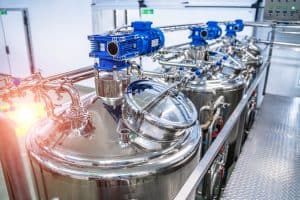
SRV (and SRD) monitors the cleanup of the fluid lines by monitoring the viscosity (and density) of the cleaner/solvent during the cleaning phase. Any small residue is detected by the sensor, enabling the operator to decide when the line is clean/fit for purpose. Alternatively, SRV (and SRD) provides information to the automated cleaning system to ensure full and repeatable cleaning between runs, thus ensuring full compliance to sanitary standards of food manufacturing facilities.
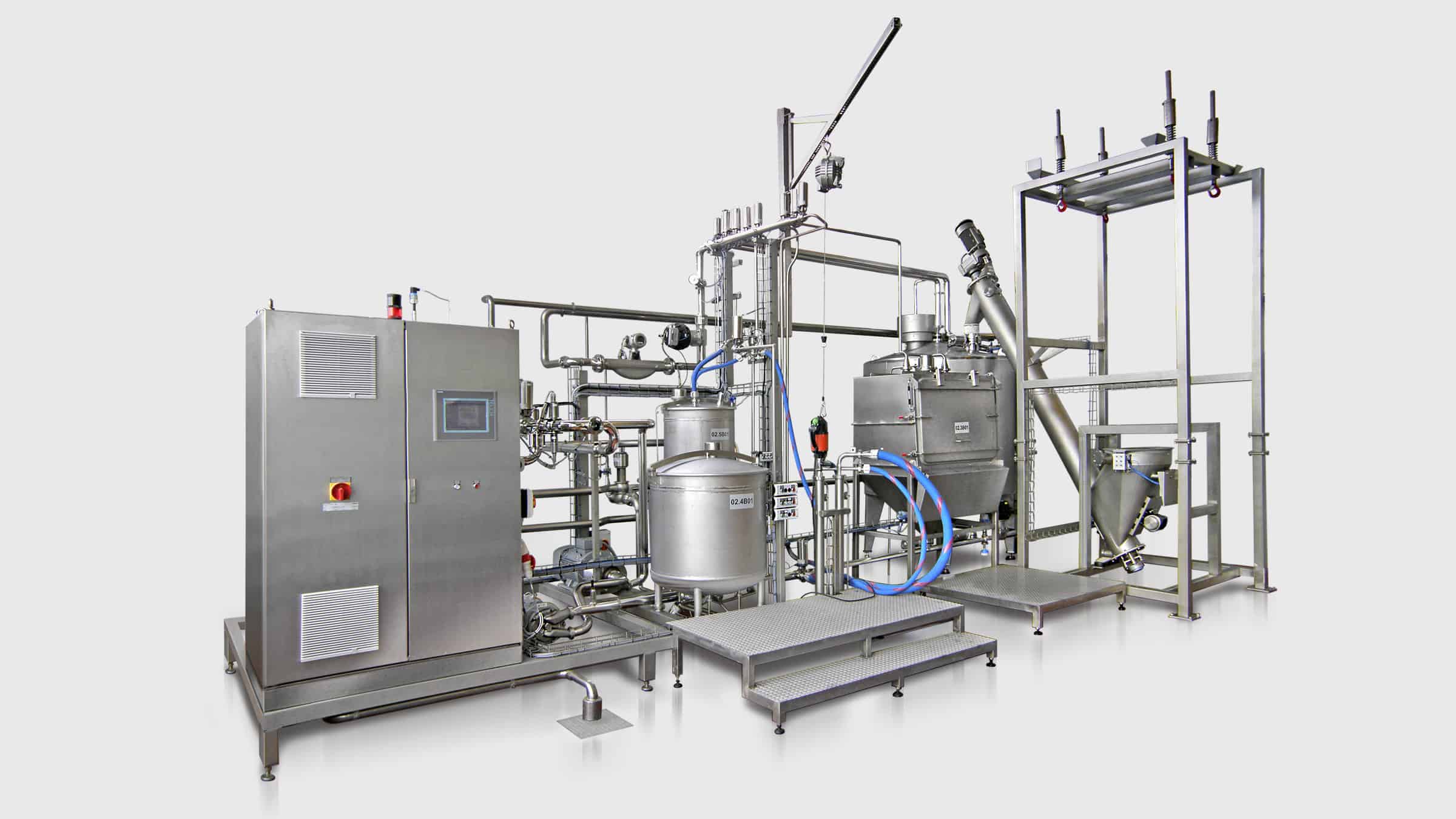
Superior sensor design and technology
Sophisticated, patented electronics is the brain of these sensors. SRV and SRD are available with industry standard process connections like ¾” NPT, DIN 11851, Flange and Tri-clamp allowing operators to replace an existing temperature sensor in their process line with SRV/SRD giving highly valuable and actionable process fluid information like viscosity besides an accurate measurement of temperature using an in-build Pt1000 (DIN EN 60751 Class AA, A, B available).
Electronics built to fit your needs
Available in both a transmitter housing and a small-form factor DIN rail mount, the sensor electronics enables easy integration into process lines and inside equipment cabinets of machines.
Easy to integrate
Multiple Analog and digital communication methods implemented in the sensor electronics makes connecting to industrial PLC and control systems straightforward and simple.
Analog and Digital Communication Options
Optional Digital Communication Options
Key benefits of real-time viscosity management
The need to characterize fluid properties are critical in formulation, scale-up, processing and testing of dairy products as well as for the design and development of equipment used in these processes. The following are the main benefits with integration of an inline viscosity management solution in dairy products processing.
Supports continuous production and ensures consistency across batches
Viscosity is key to finding a way to measure emulsion quality so that some degree of consistency from one batch to another can be maintained.
- Conventional production methods for dairy products are based on quasi continuous processes
- Continuous homogenization process consists of controlled dosing of components, adapting and adjusting to the fluid conditions in real-time which can be affected by multiple parameters
Improvements in process efficiency
Monitoring the viscosity during a process can help process efficiency by producing savings in energy and prevent under-mixing.
Reduction in material costs
Suitable adjustments to the production processes in real-time can keep materials consumption in check and almost exact to the adequate amount needed to be dosed, resulting in significant material cost savings.
ATEX & IECEx Compliance
Rheonics offers intrinsically safe sensors certified by ATEX and IECEx for use in hazardous environments. These sensors comply with the essential health and safety requirements relating to the design and construction of equipment and protective systems intended for use in potentially explosive atmospheres.
The intrinsically safe and explosion proof certifications held by Rheonics also allows for customization of an existing sensor, allowing our customers to avoid the time and costs associated with identifying and testing an alternative. Custom sensors can be provided for applications that require one unit up to thousands of units; with lead-times of weeks versus months.

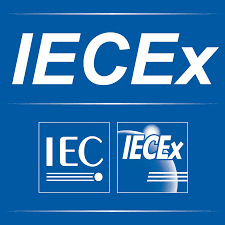
Implementation
Directly install the sensor in your process stream to do real-time viscosity and density measurements. No bypass line is required: the sensor can be immersed in-line; flow rate and vibrations do not affect the measurement stability and accuracy. Optimize mixing performance by providing repeated, consecutive, and consistent tests on the fluid.
In-line Quality control locations
- In tanks
- In the connecting pipes between various processing containers
Instruments/Sensors
SRV Viscometer OR an SRD for additional density
Rheonics Instrument Selection
Rheonics designs, manufactures and markets innovative fluid sensing and monitoring systems. Precision built in Switzerland, Rheonics’ in-line viscometers and density meters have the sensitivity demanded by the application and the reliability needed to survive in a harsh operating environment. Stable results – even under adverse flow conditions. No effect of pressure drop or flow rate. It is equally well suited to quality control measurements in the laboratory. No need to change any component or parameter to measure across full range.
Suggested product(s) for the Application
- Wide viscosity range – monitor the complete process
- Repeatable measurements in both Newtonian and non-Newtonian fluids, single phase and multi-phase fluids
- Hermetically sealed, all stainless steel 316L wetted parts
- Built in fluid temperature measurement
- Compact form-factor for simple installation in existing process lines
- Easy to clean, no maintenance or re-configurations needed
- Single instrument for process density, viscosity and temperature measurement
- Repeatable measurements in both newtonian and non-newtonian fluids, single phase and multi-phase fluids
- All metal (316L Stainless Steel) construction
- Built in fluid temperature measurement
- Compact form-factor for simple installation in existing pipes
- Easy to clean, no maintenance or re-configurations needed

